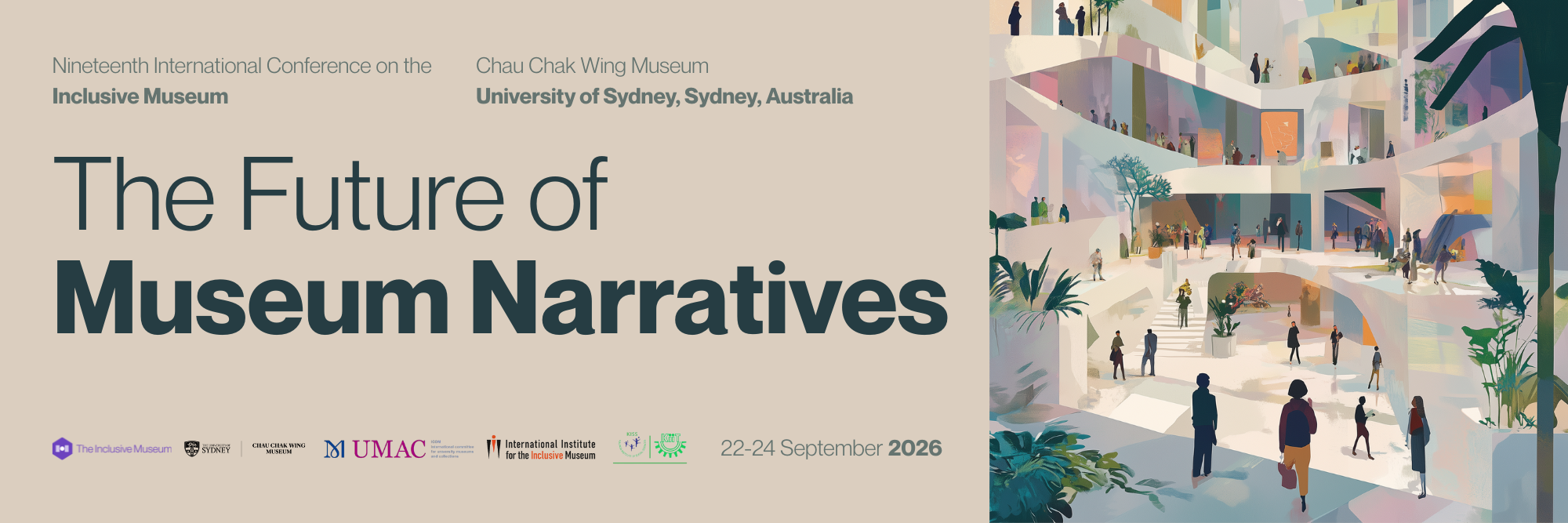Abstract
Among all audiences with disabilities in contemporary museums, deafblind individuals represent one of the most challenging and hard-to-reach groups. Given that reconciliation and community building should be fundamental principles of museum activities, special programs must also include deafblind people. This study reflects on the experience of a six-month inclusive laboratory for individuals with diverse sensory perceptions. The program involved 24 participants, over half of whom were blind and deaf, including eight who were simultaneously deaf and blind. The laboratory took place at the Cryptography Museum and focused primarily on identifying communication methods accessible to people with varying sensory experiences, emphasizing body-oriented practices, sign language, tactile communication systems, and others. Activities included regular museum tours, workshops on different communication techniques, training sessions, as well as preparation of a collaborative performance centered on finding a common language independent of sensory abilities. Consistent with earlier research, we confirm that for deafblind individuals, the greatest challenges are the inability to comprehend their surroundings (Fukushima, 1997) and significant difficulties in interpersonal communication. However, the opportunity to share emotions arising from personal discoveries with others leads to a sense of pleasure (Shima et al., 2019). Achieving this is facilitated by the presence of support persons and interpreters for each deafblind individual; engagement of multiple sensory modalities during activities; direct communication with deafblind participants, including face-to-face interactions and chats; and provision of opportunities for autonomous expression and agency within the museum space. This approach emphasizes the culturally and linguistically diverse nature of the deafblind community.
Presenters
Nikita BolshakovCurator of Accessibility and Inclusive Programs, Cryptography Museum, Russian Federation
Details
Presentation Type
Paper Presentation in a Themed Session
Theme
KEYWORDS
Deafblind, Disability, Communication, Visitor engagement

